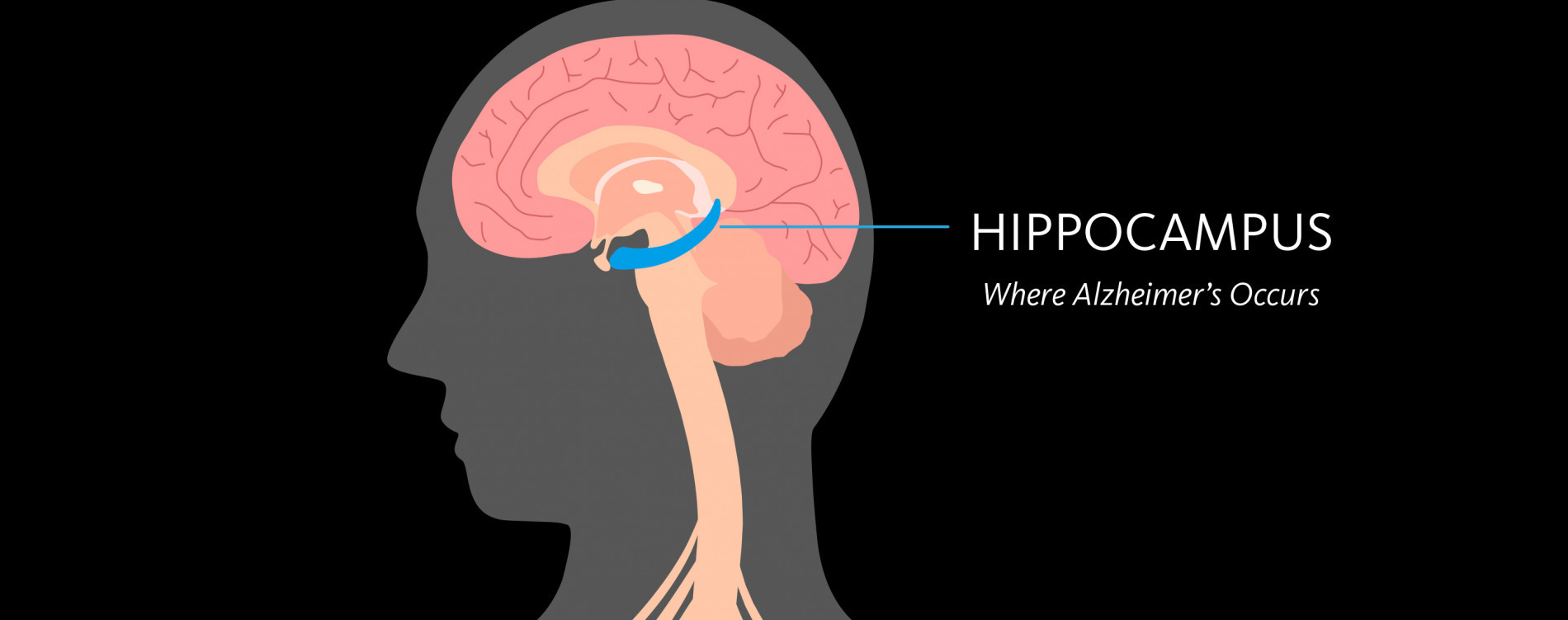New York State recently proclaimed June 2017 as Alzheimer's & Brain Awareness Month. In recognition of this, I want to increase awareness about the differences between Alzheimer’s and dementia. While the two terms are often used interchangeably, their clinical definitions are not the same.
Defining Dementia
Many of us have memory lapses as we age. Dementia is different because it affects our ability to carry out everyday tasks, such as driving, managing finances, cooking, shopping, or in more severe stages being able to feed yourself. A “cognitively normal” person may occasionally forget where they put their keys; a patient with mild dementia frequently forgets this, and may even forget what keys are for.
Dementia is defined as a “clinical syndrome” that can result from many diseases, including Alzheimer’s. It is generally defined as impairment in at least two domains of cognitive function. (These domains include things like the ability to comprehend and verbalize language, form short-term memories, and understand geographic information.) The impairments must also affect daily function and be chronic rather than acute.
Causes & Types
Once a doctor determines that a patient has dementia, the next question is: what’s causing it? Alzheimer’s disease is the most common form of dementia, accounting for approximately two-thirds of all cases. Vascular dementia and mixed dementia (vascular dementia plus Alzheimer’s disease) account for another quarter. Other, less common types include Lewy body dementia and frontotemporal degeneration (FTD). In every one of these diseases, the dementia is caused by neurodegeneration, which is the death of brain cells.
The cause of brain cell (i.e., neuron) death and/or its location in the brain define whether the dementia is Alzheimer’s disease or another type.
In Alzheimer’s, neurons are first lost in the hippocampus, our brain’s center for memory and learning. While we do not know the cause of Alzheimer’s disease, we believe that a number of biological processes related to aging— including inflammation, oxidation, and the accumulation of toxic proteins (e.g., beta-amyloid and tau)—contribute to the process.
Vascular dementia is caused by damage to blood vessels that supply energy and nutrients to neurons and generally appears as “silent strokes” on MRI brain scans. Lewy body dementia refers to Parkinson’s disease dementia and dementia with Lewy bodies, both of which involve toxic accumulations of proteins called alpha-synuclein. FTD and its subtypes occur when neurons die in the frontal and temporal lobes of the brain.
Other conditions can result in “reversible dementia,” which is treatable. These include depression, polypharmacy (due to the side effects of medications), thyroid disorders, vitamin B12 deficiency, head trauma, tumors, vasculitis, and alcoholism.
What You Can Do
If you notice worsening cognitive function such as memory lapses, a change in personality, or a decline in daily function not attributed to a physical condition in yourself or a loved one, see a doctor. In some cases, you could catch a treatable condition early and protect your brain from harm.
If the condition is due to Alzheimer’s disease, vascular dementia, or another type of dementia, you still have options. More research is pointing to the effectiveness of lifestyle changes, such as exercise, in slowing down Alzheimer’s and vascular dementia, and there are many clinical trials of potential new drugs for Alzheimer’s and related dementias that desperately need volunteers.
Howard Fillit, MD is the Founding Executive Director and Chief Science Officer at the ADDF.
